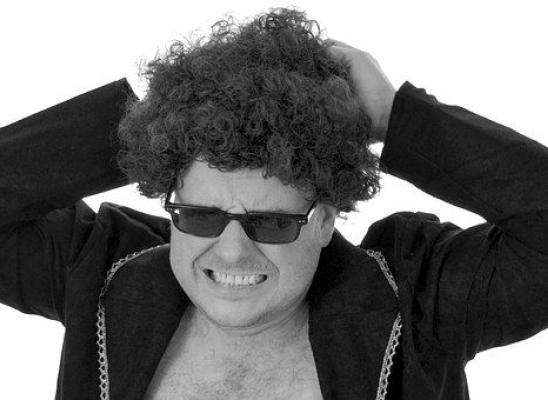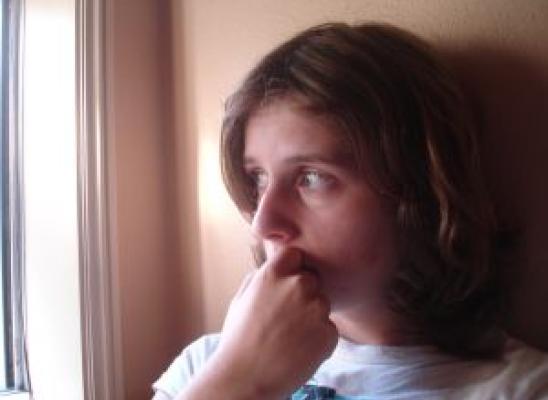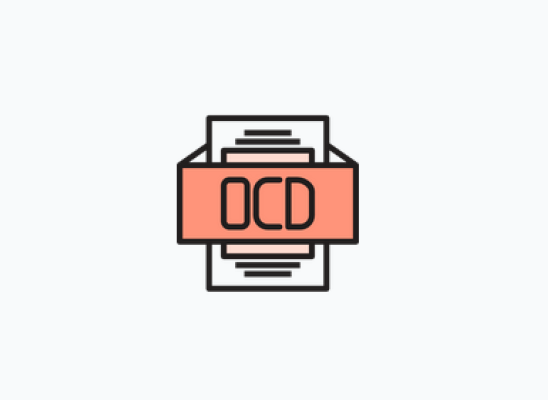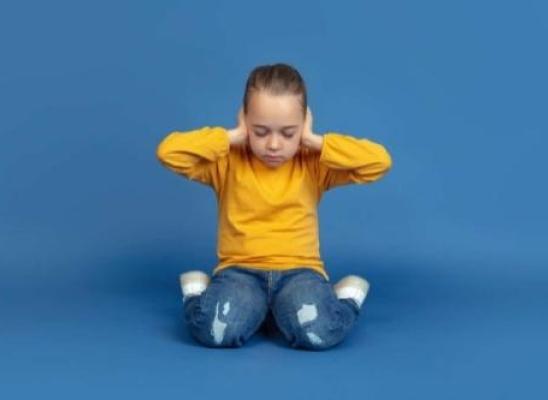Trichobezoar

Online test
Find out the severity of your symptoms with this free online test
Trichobezoars or human hairballs are complications of trichophagia or eating of the hair. Trichophagia occurs when hair that is pulled out is chewed and then swallowed. The hair will eventually collect in a sufferer’s stomach and will cause stomach problems such as indigestion and pain. Trichophagia is very commonly associated with Trichotillomania.
When an individual begins to consume their hair, hairballs or bezoars (a foreign mass in the digestive tract) begin to form in the lumen of the digestive tract that increase in size over time. There are five types of bezoars: phytobezoar (vegetable fibers), trichobezoar (hair), disopyrobezoar (persimmons), lactobezoar (inspissated milk or formula), and miscellaneous. Trichobezoars have been described as typically extending from the stomach to the small intestine and often resemble a tail.
Diagnosing Trichobezoars
Diagnosing a trichobezoar requires radiological and clinical evidence such as X-Ray and a sufferer verbally admitting to swallowing mass amounts of hair. Symptoms of trichobezoars include abdominal pain, nausea, vomiting, anorexia, becoming full easily, weakness, weight loss, and abdominal mass. The most common presenting symptoms of trichobezoar include a palpable abdominal mass and noticeable hair loss. Trichobezoars can lead to gastrointestinal obstruction requiring surgical intervention. If the trichobezoar is small enough, a sufferer may be given medication to induce vomiting to get rid of the hair mass.
Incidence of Trichobezoars
Trichobezoars are most common in children and adolescents. Five to 18% of patients with trichotillomania ingest hair but the incidence of trichobezoars in trichotillomania is unclear. Approximately 37.5% of individuals with trichophagia are at risk of forming a trichobezoar. Surgeons, emergency room physicians, and radiologists must consider a trichobezoar in the differential diagnosis of gastrointestinal obstruction, even in patients who show no signs of hair loss. It is important for an individual to seek treatment, as early diagnosis and intervention can prevent painful, unpleasant and often life threatening complications.
Online test
Find out the severity of your symptoms with this free online test
Start your journey with TrichStop
Take control of your life and find freedom from hair pulling through professional therapy and evidence-based behavioral techniques.
Start Now



